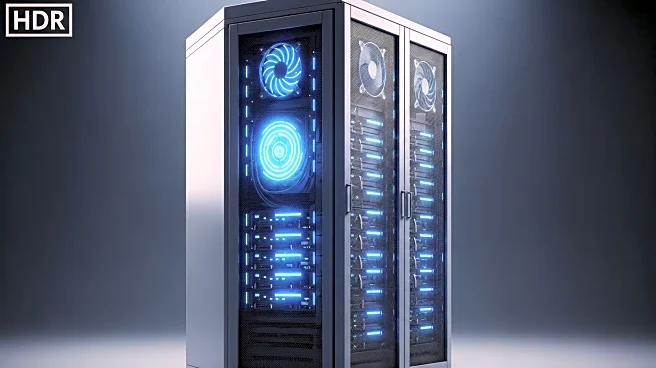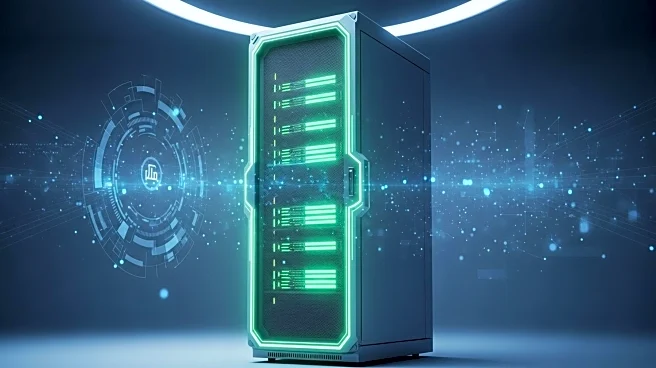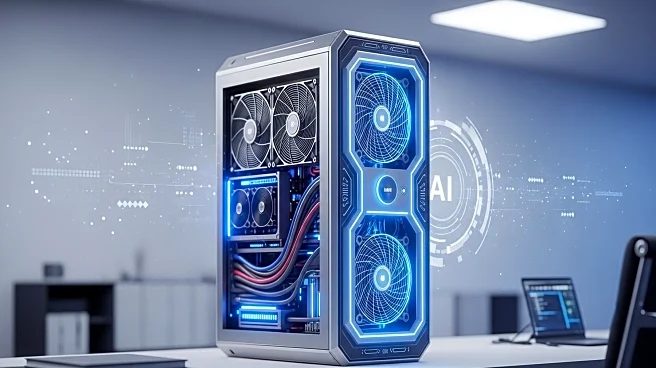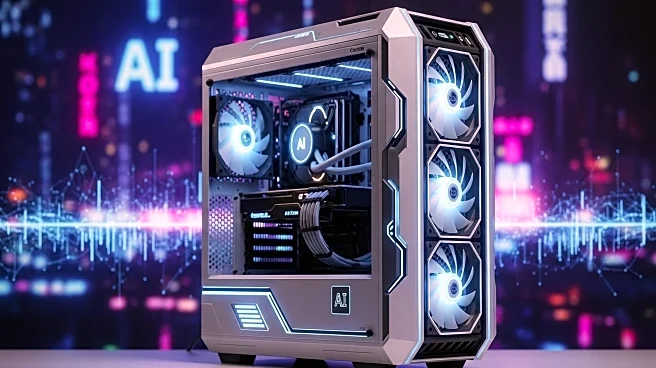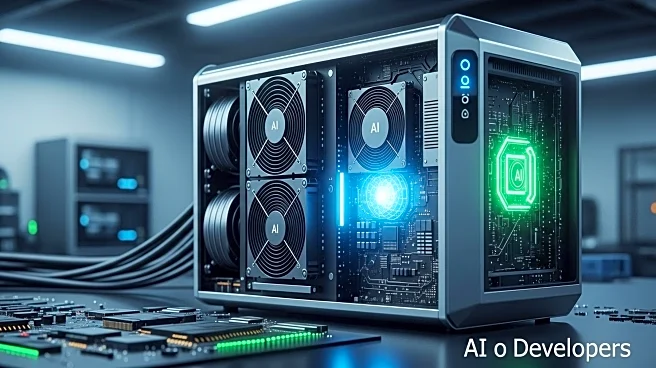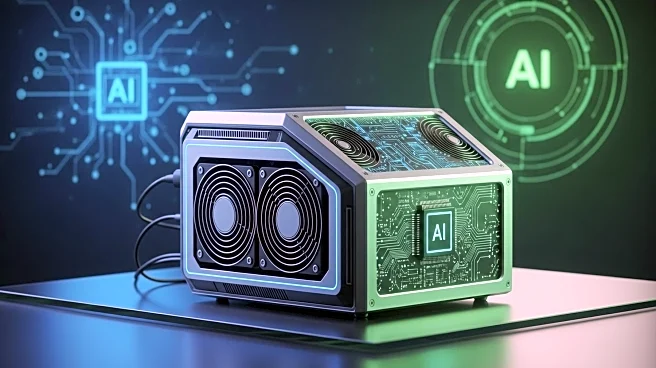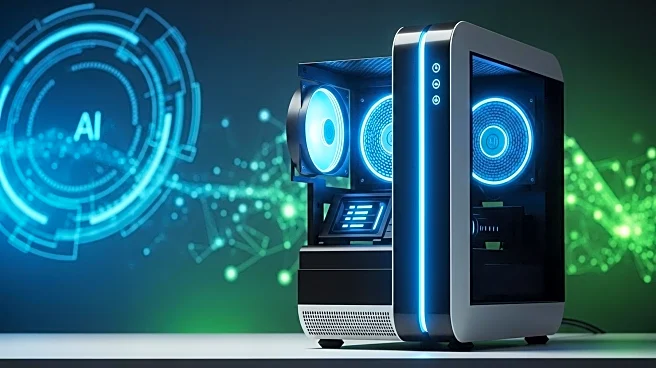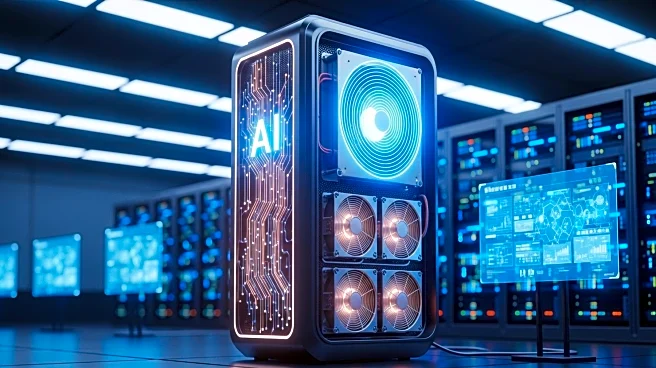What's Happening?
Nvidia has begun shipping its DGX Spark mini supercomputers, with CEO Jensen Huang delivering the first unit to Elon Musk at the SpaceX facility. The DGX Spark, initially known as Project Digits, is a home-user AI supercomputer featuring Nvidia's GB10 chip. Despite its capabilities, some industry insiders, including Charlie Demerjian of SemiAccurate, view the launch as a PR stunt due to delays and limited production volumes. Nvidia's strategy involves seeding units to select media and claiming production readiness.
Why It's Important?
The DGX Spark's launch is significant for AI development, offering powerful computing capabilities in a compact form. However, skepticism about the launch's authenticity raises concerns about Nvidia's production strategy and the device's availability. The perception of a PR stunt could impact Nvidia's reputation and influence investor confidence. The device's potential integration into Windows on Arm laptops could expand its application, but delays may hinder its market impact.
What's Next?
Nvidia plans to roll out the DGX Spark through major vendors, transforming desktops into AI launchpads. The device's integration into Windows on Arm laptops remains uncertain, with previous rumors suggesting its use in Alienware gaming laptops. As Nvidia navigates production challenges, the company's ability to deliver on its promises will be crucial in maintaining industry trust and advancing AI technology.
Beyond the Headlines
The skepticism surrounding the DGX Spark launch highlights the challenges tech companies face in balancing innovation with production realities. The perception of a PR stunt underscores the importance of transparency and accountability in tech launches, which can influence consumer trust and market dynamics.


